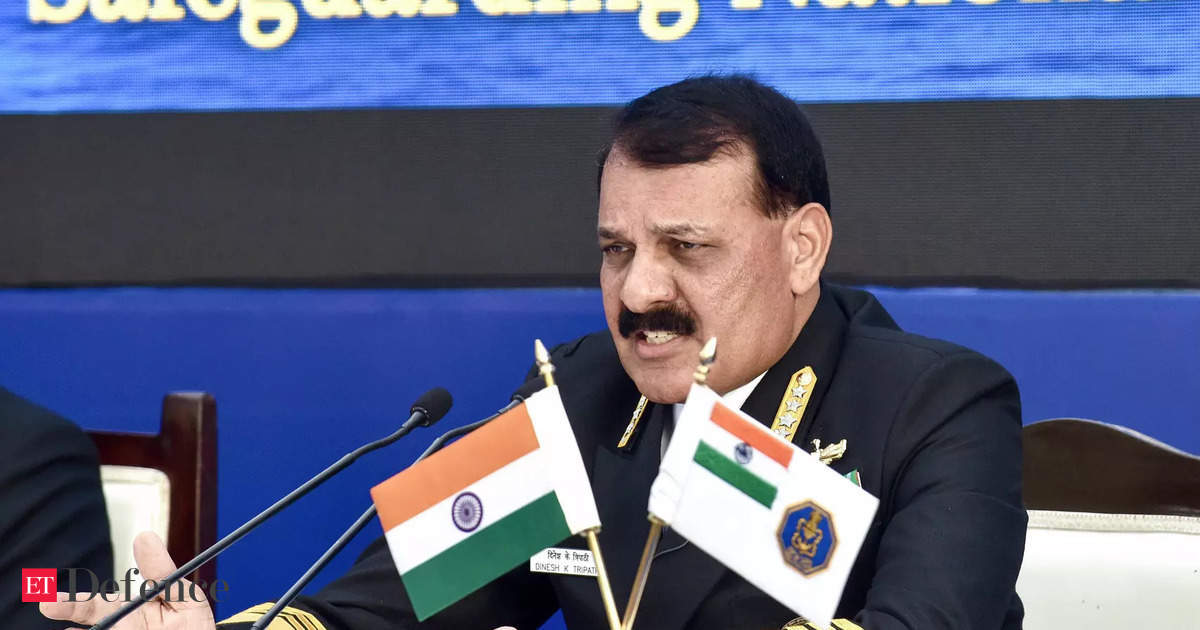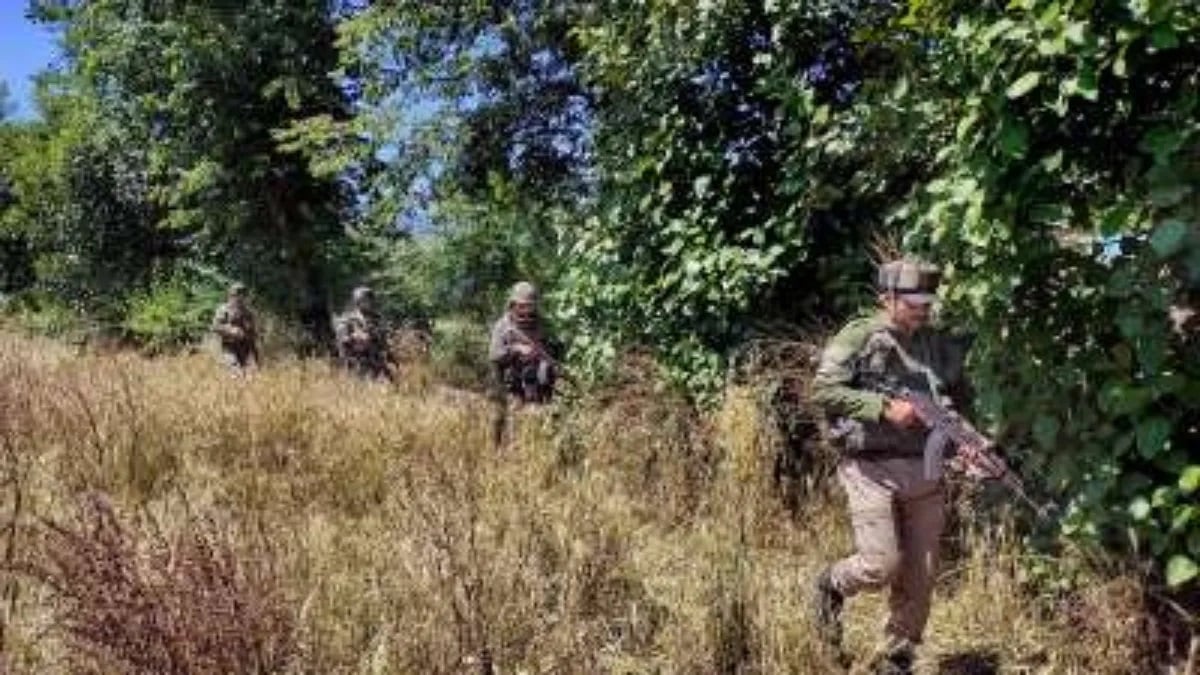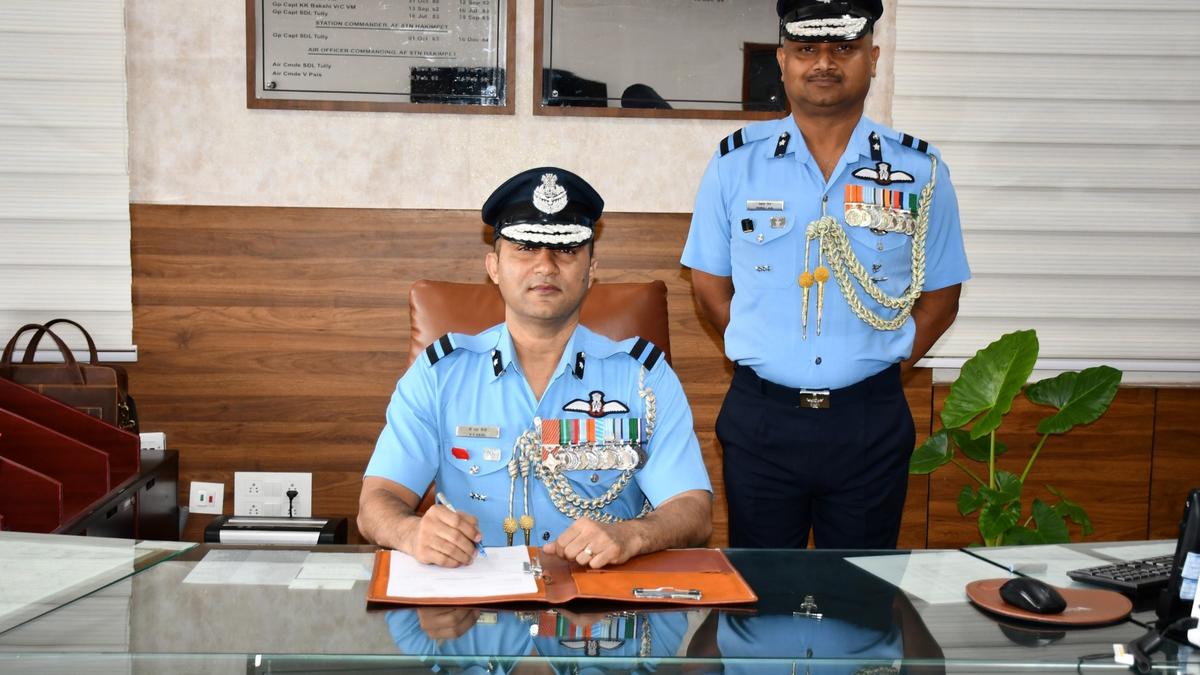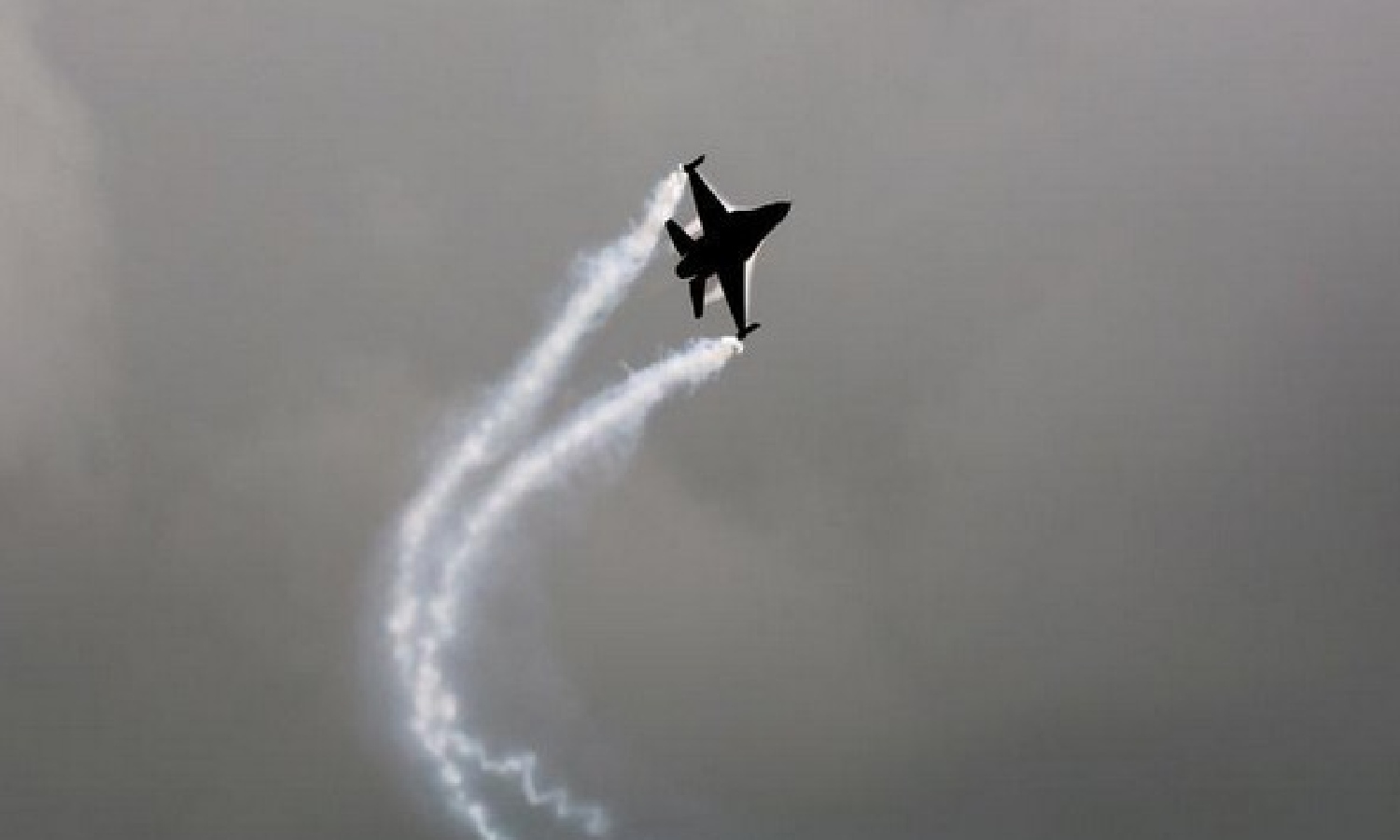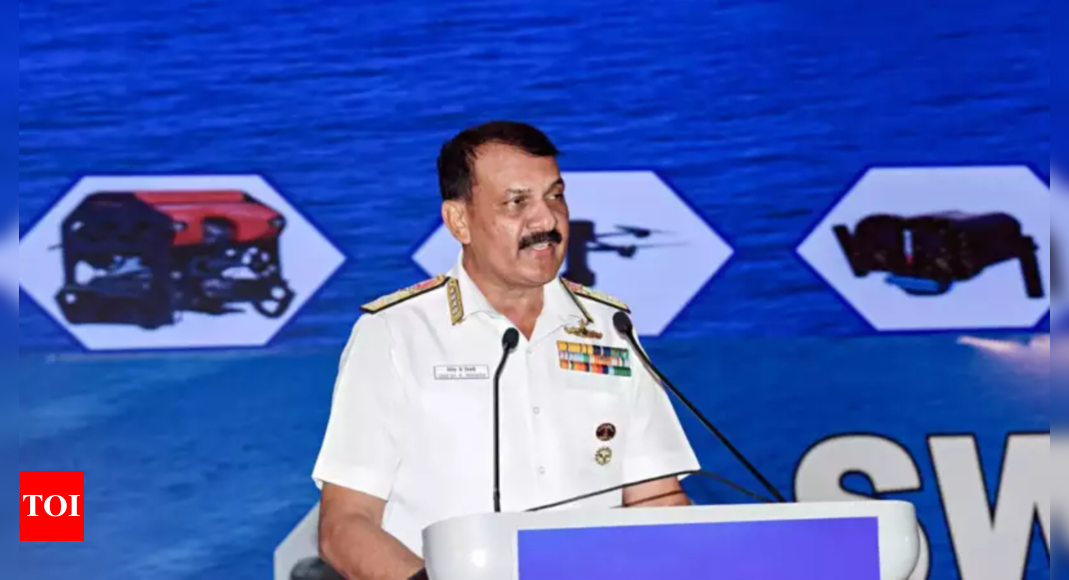India to Deliver First Indigenous Nuclear Attack Submarines by 2036
India is set to make a significant leap in its naval capabilities with the government’s recent approval for the development…
Security Forces Neutralise Terrorist in Dachigam Forest Operation
In a significant security operation, security forces successfully neutralized a terrorist in the upper reaches of the Dachigam forest, located…
Air Commodore Vikassheel Singh Saini Takes Command of Air Force Station Hakimpet
In a significant leadership transition, Air Commodore Vikassheel Singh Saini has officially taken over as the Air Officer Commanding of…
FIR Registered After Fishing Trawler Collides with Indian Navy Submarine, Causing ₹10 Crore Damage
In a significant maritime incident off the Goan coast, the Yellow Gate police have registered a First Information Report (FIR)…
Indian Air Force Set for First Test Flight at New Nyoma Air Base in Ladakh
In a significant advancement for India's strategic capabilities, the Indian Air Force (IAF) is poised to conduct its inaugural test…
India Monitors Pakistan-China Naval Cooperation Amid Heightened Military Tensions
NEW DELHI: In a stark assessment of regional security dynamics, Admiral Dinesh Tripathi highlighted concerns over Pakistan’s military priorities amidst…

